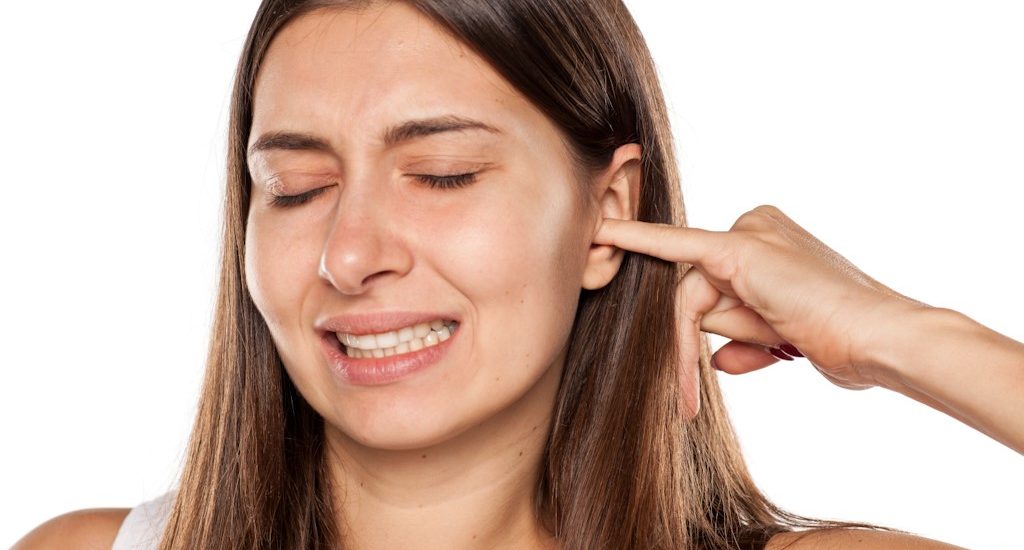Many of you may be wondering where earwax comes from and why it exists in the first place. As audiologists, this is something we are asked quite frequently.
Wax, also known as cerumen, is a combination of secretions from sebaceous and ceruminous glands in the ear canal and dirt/dust that makes its way into our ears. While it may not look the most appealing, earwax serves to lubricate the ear canal and keep it slightly acidic to help prevent the growth of bacteria or fungus. It even helps to prevent foreign objects such as insects from making their way deep into our ears!
Normally earwax should migrate down the ear canal and fall out on its own but as many of you may know, this is not always the case. The longer ear wax is sitting in the ear canal, the drier and harder it can get, making it more unlikely to fall out on its own.
Other than a possible itchy sensation, earwax is generally asymptomatic unless it is blocking the ear canal by 80% or more, in which case it can cause a temporary loss of hearing.
The amount of earwax produced varies widely from person to person. Some individuals build up wax very slowly while others accumulate wax very quickly; and this my friend, can be chalked up to genetics. If you are someone who has frequent wax build-up, don’t fret. There are ways to manage it! Putting olive oil from a drugstore in your ears can sometimes help to soften wax so it can make its way out of your ear canal more easily. You can also purchase earwax drops or earwax removal kits at a drugstore or a local hearing clinic. If you are unsuccessful at managing earwax on your own, there are many health professionals including nurses, doctors and audiologists who are trained in wax removal.
Wax issues tend to be more prominent in hearing aid users for the simple fact that the wax cannot come out of the ear easily when a hearing aid is worn. Therefore, it is important that hearing aid users have their ears checked regularly for wax.
I will end this discussion with a note of caution – please do not use Q-tips. This one confuses many people – if Q-tips aren’t meant for your ears, then what are they used for? They have many proposed uses including make-up application/removal, nail polishing and so on but ear wax removal is not one of them. Besides the fact that Q-tips can be dangerous and puncture your eardrum if inserted too deeply, they can actually push wax deeper into your ear, which can further complicate the problem. Save yourself the trip to the emergency room and visit your family doctor or audiologist for wax removal if necessary. Always remember this rule of thumb: Do not put anything smaller than your elbow in your ear – at least not without permission of your doctor or audiologist!
